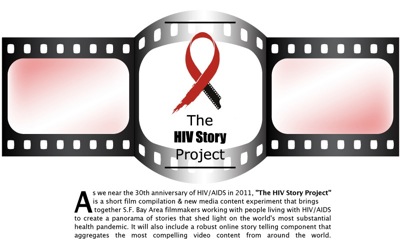One of the best pieces I’ve read about how stories heal is by Allison Cox, who not only describes several ways storytelling heals, but also guides practitioners in telling healing stories and lists books about therapeutic storytelling. Here’s a choice snippet from Cox’s article:
During storytelling, listeners let go of defenses and relax into the known, safe environment of story. A shift in consciousness takes place. Those who listen, actually live the story adventures in their imagination. The audience is offered a chance to measure their own experience in the light of the immortal tale… immortal because people often forget important details of their lives, but will remember a story they heard as a child.
Cox notes that “story lends narrative structure to events that might otherwise seem random and meaningless.” Stories tell us we’re not alone when faced with life-changing devastation and struggle, as the people of Haiti currently are and the victims of the 2005 Indian Ocean Tsunami have been. The site Surviving the Tsunami provides “stories of compassion, hope, and dignity. They highlight the resilience of communities in the face of catastrophe and the impact of humanitarian efforts.”
of compassion, hope, and dignity. They highlight the resilience of communities in the face of catastrophe and the impact of humanitarian efforts.”
Cox writes about stories as “survival tools [in] an increasingly complex society.” Stories are part of an empowerment movement that, as Bonnie Rochman reports on TIME.com, many are calling Patient 2.0. Rochman cites, for example, Association of Online Cancer Resources, or ACOR.org, an umbrella site for information and shared experiences. One example is a site under ACOR’s auspices, Stories and Faces, a clearinghouse of stories of children with cancer. The site PatientsLikeMe enables people to learn from the real-life experiences — stories — of patients like them.
While there’s virtually nothing on the site The HIV Story Project except what you see in the graphic below, the planned short film compilation and online storytelling component sound as though they will provide the same kind of mental healing that comes from sharing experiences through story. Cox writes about storytelling as a prevention tool. Prevention may not be the primary motive of the HIV Story Project, but I’m guessing that it will be one of the outcomes.
 Update, Feb. 20: No sooner had I published the foregoing entry than I came across information about an upcoming symposium in Scotland, Storytelling as a Healing Art, June 13-19. You can download a flyer about it here: Symposium-Condensed-Info.pdf.
Update, Feb. 20: No sooner had I published the foregoing entry than I came across information about an upcoming symposium in Scotland, Storytelling as a Healing Art, June 13-19. You can download a flyer about it here: Symposium-Condensed-Info.pdf.

